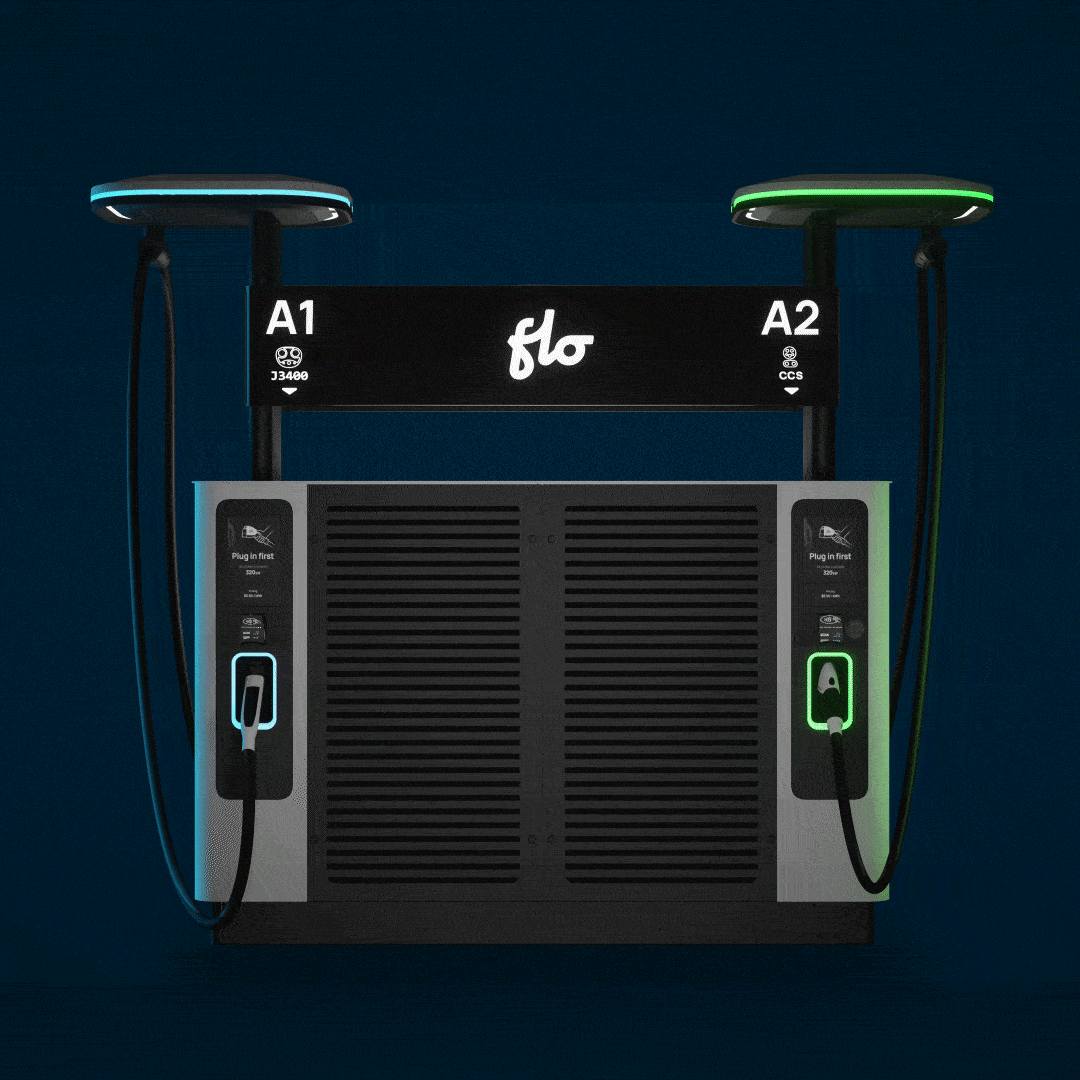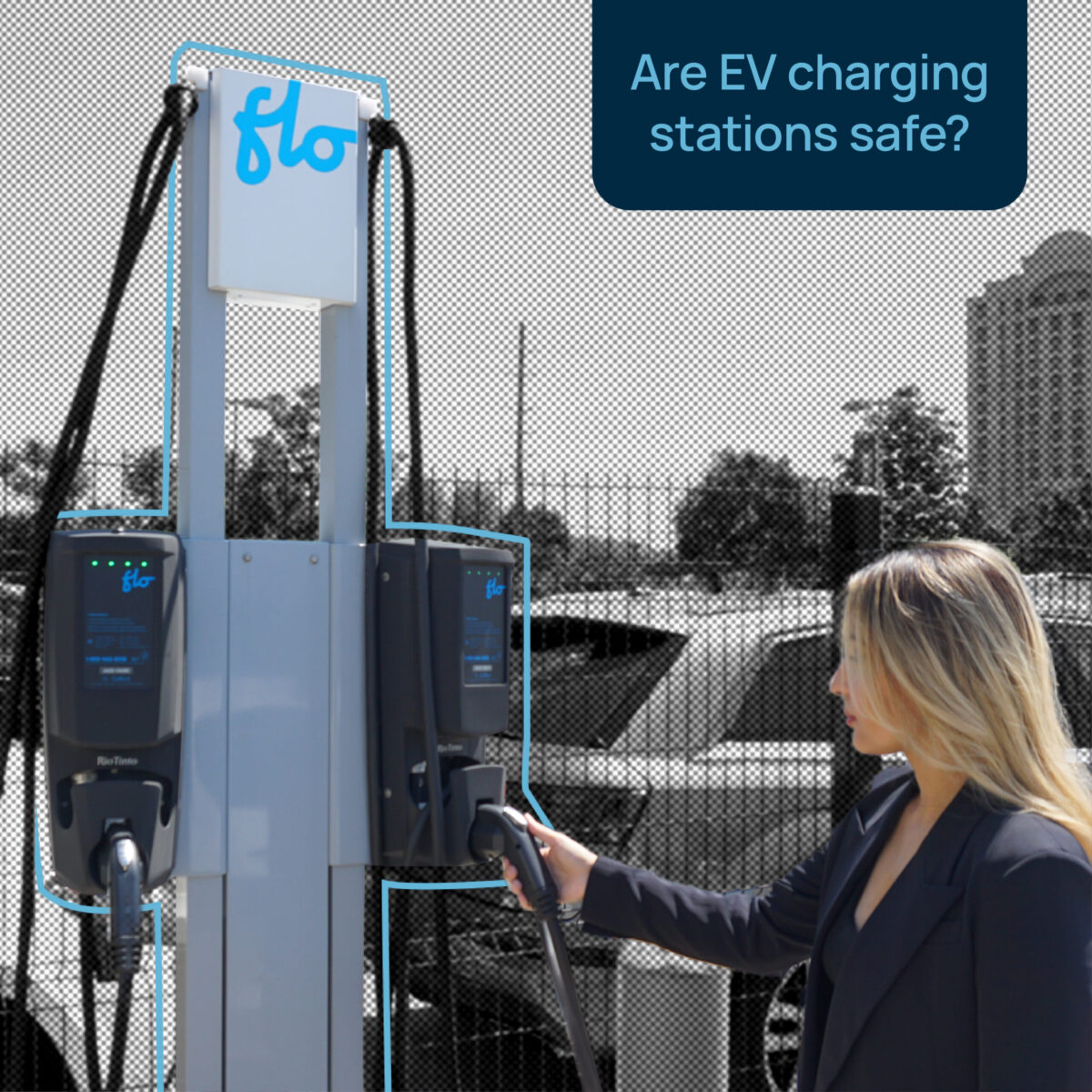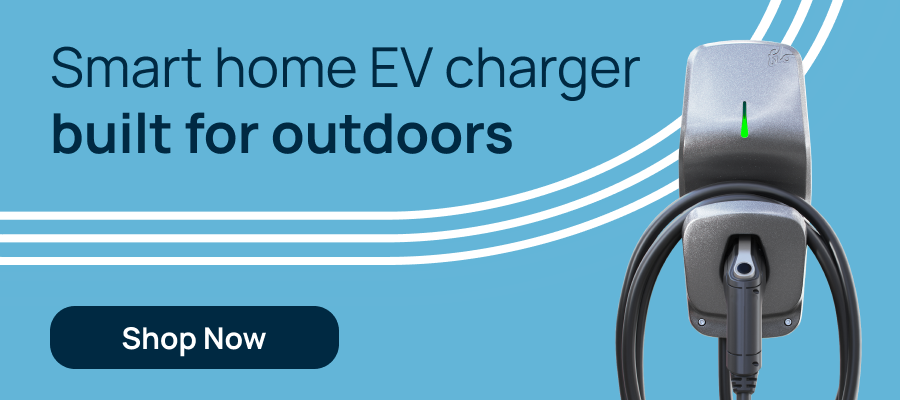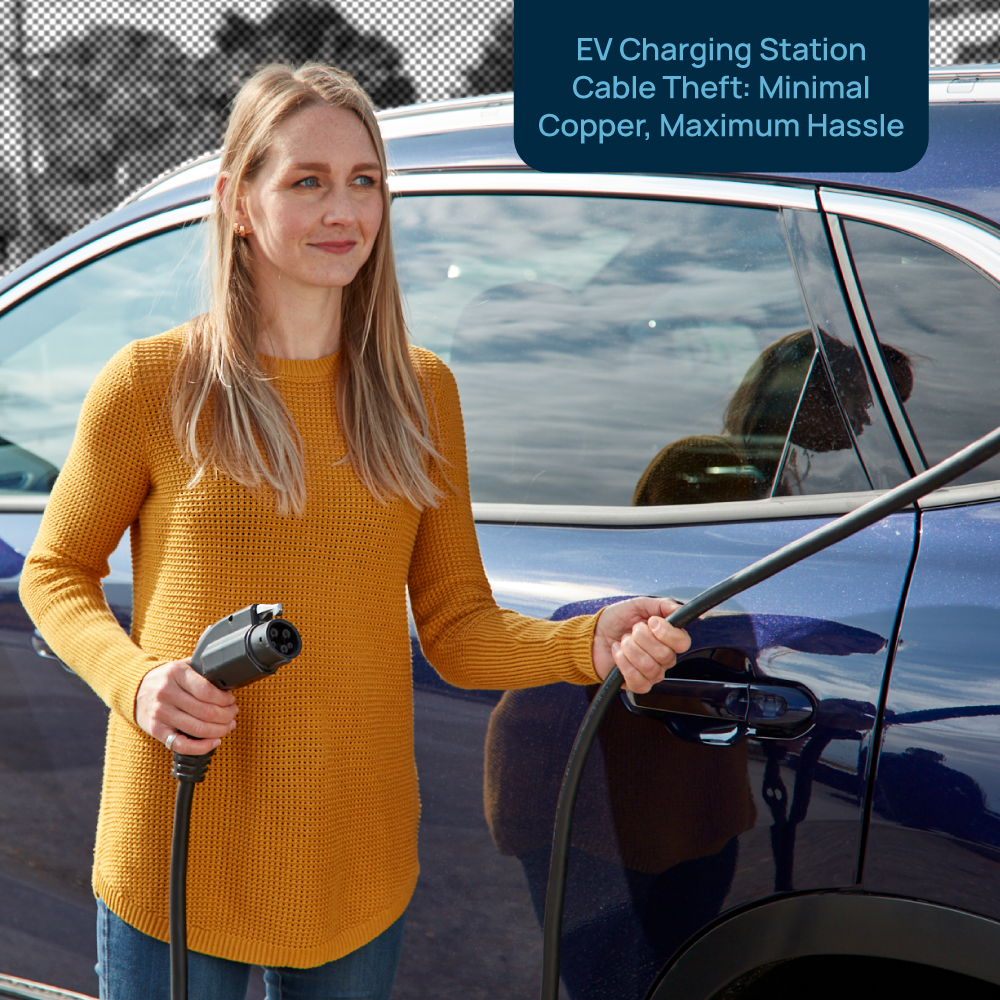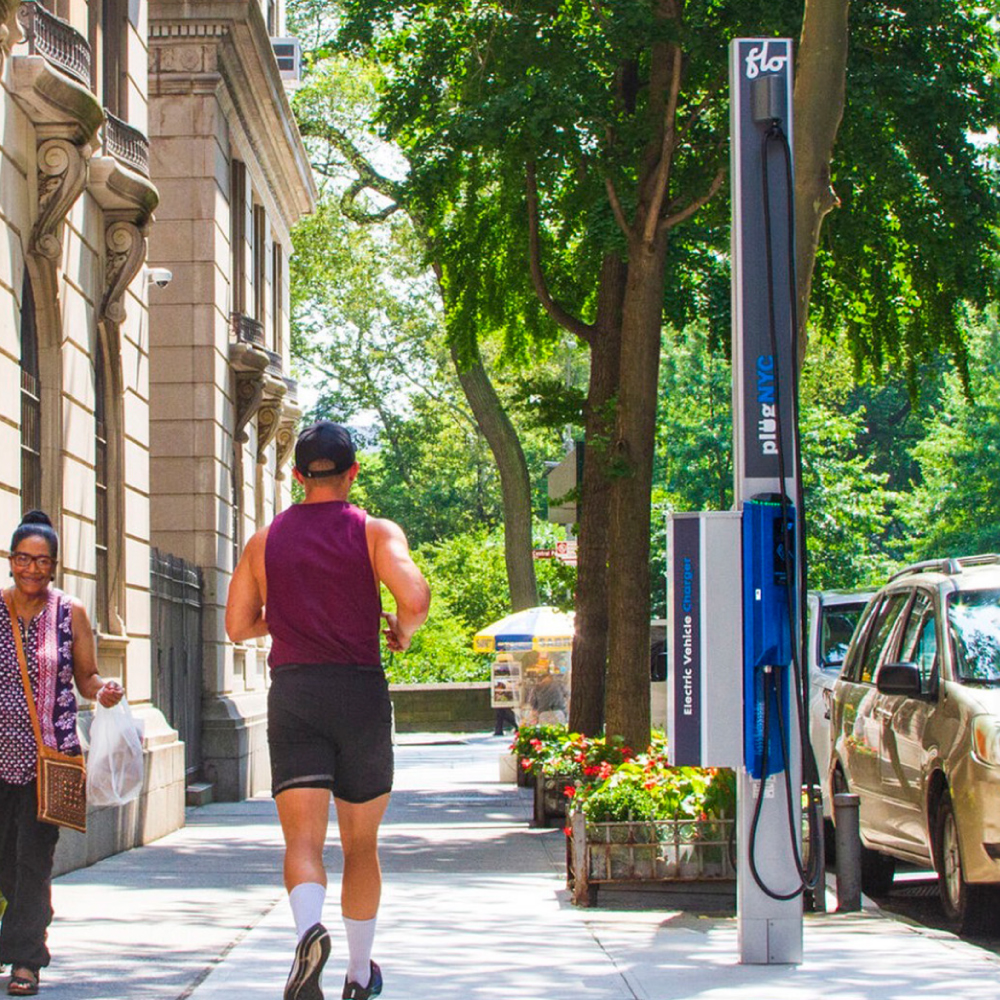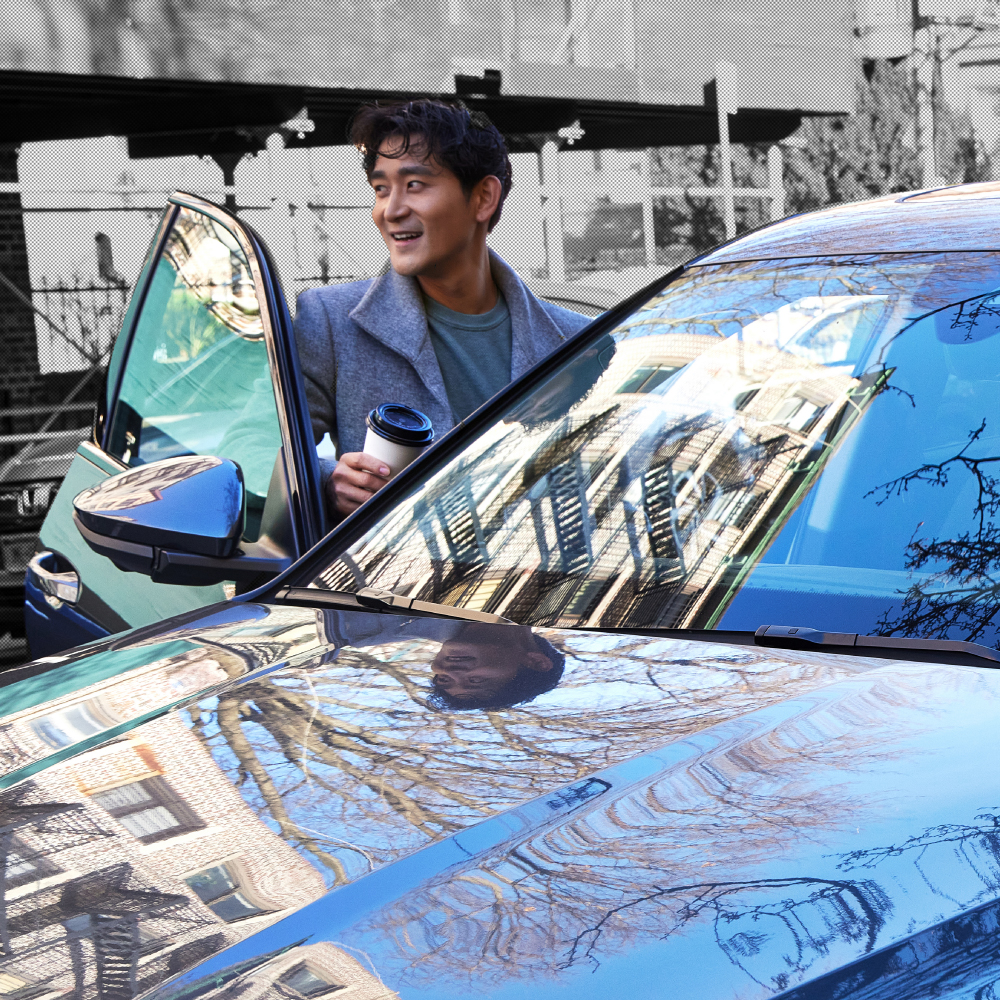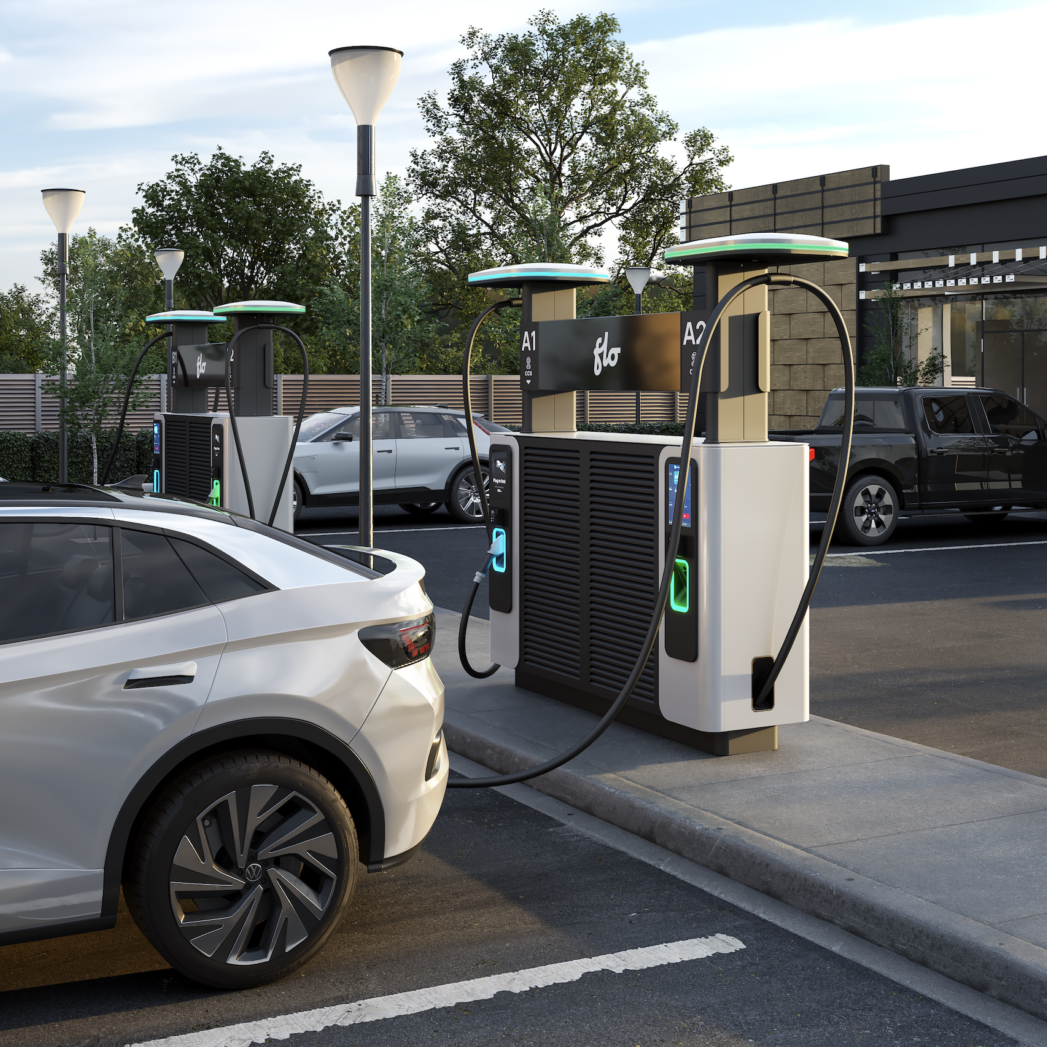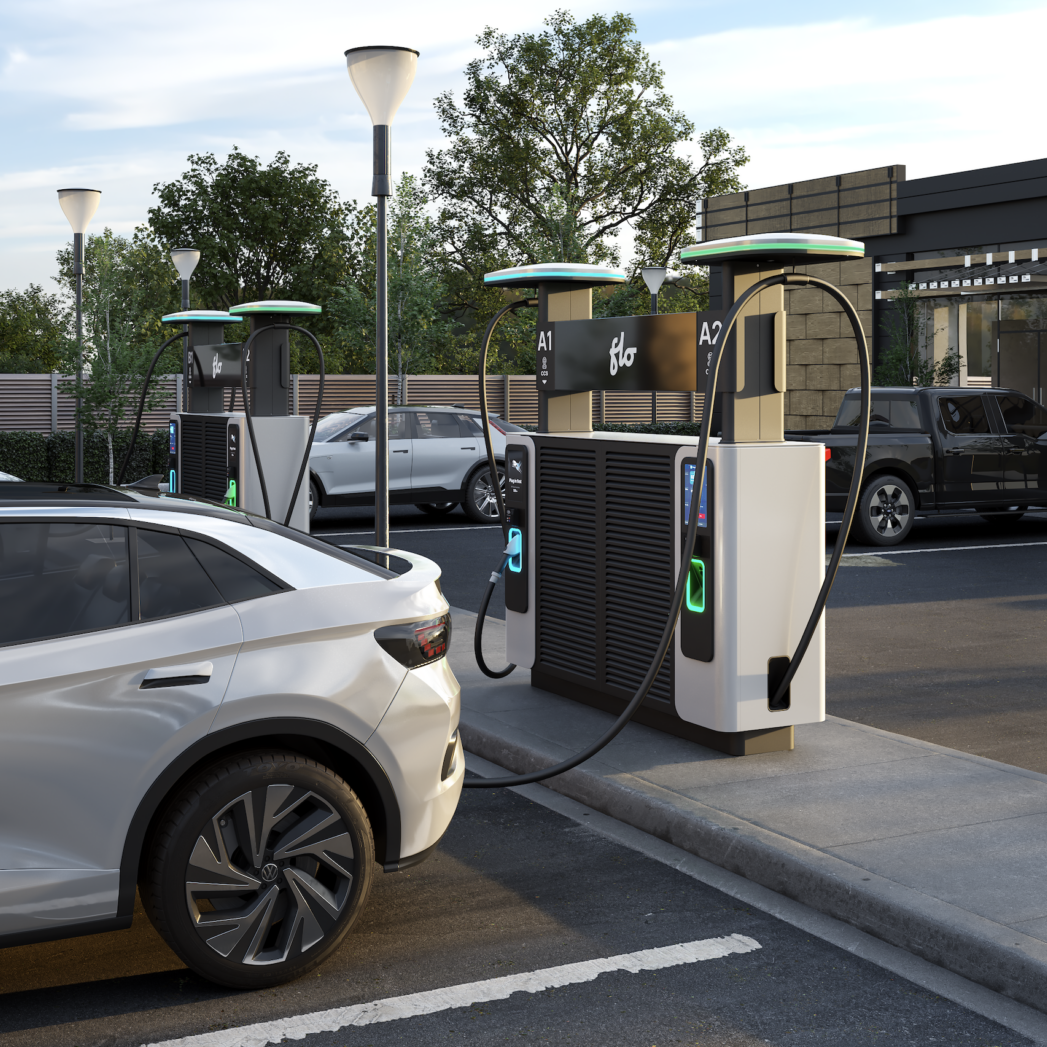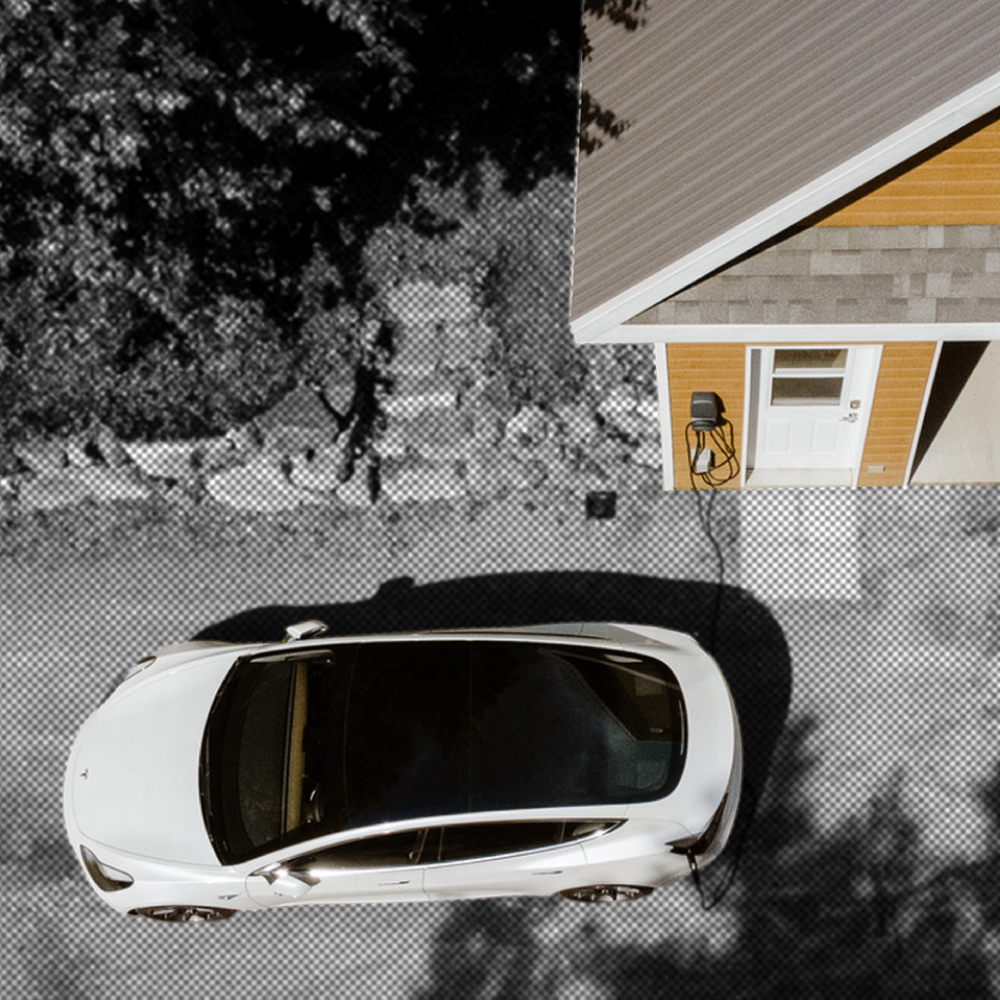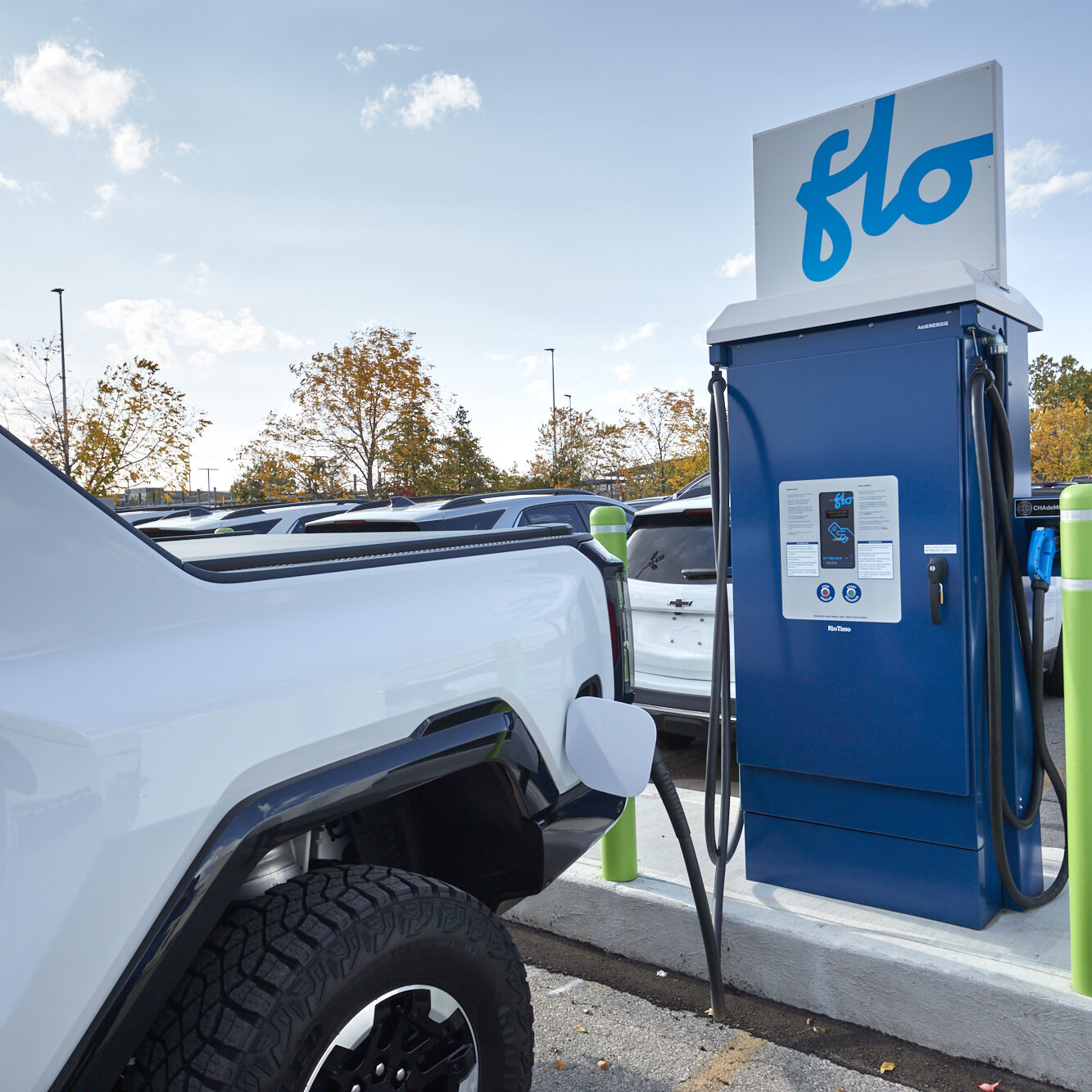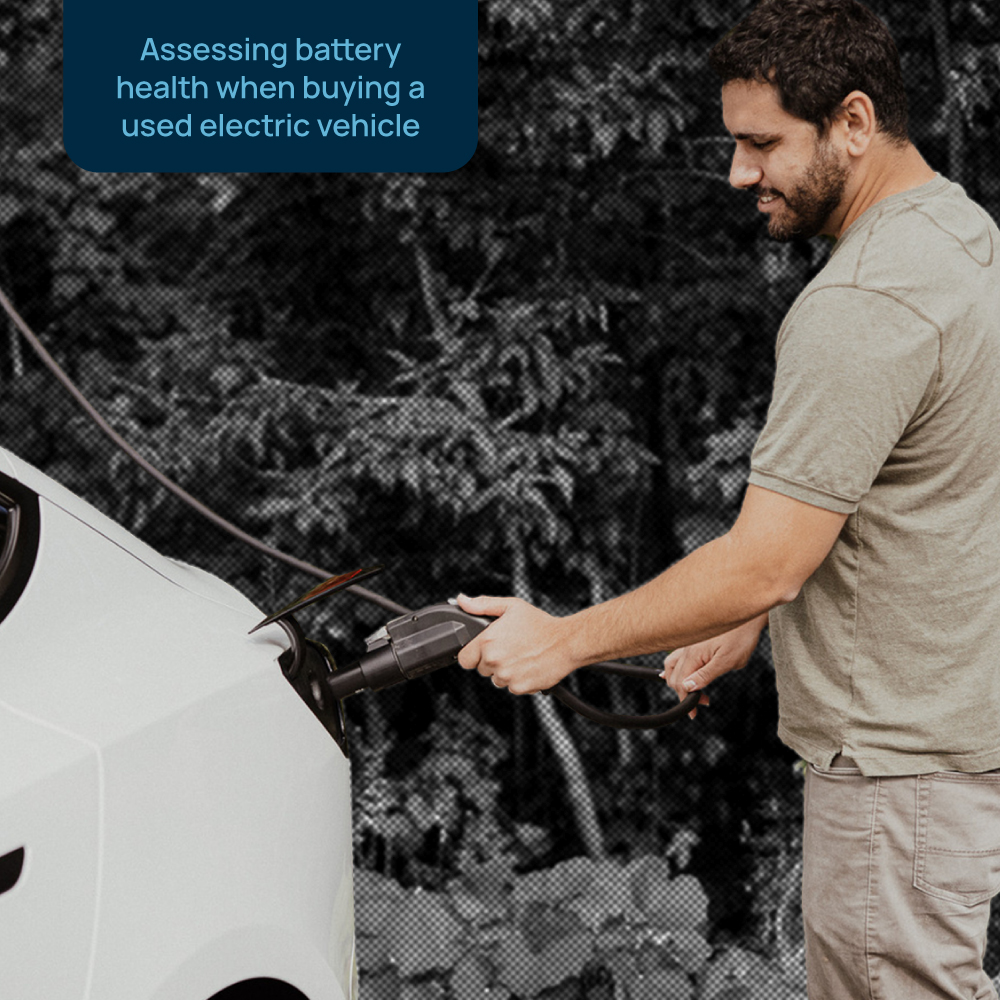Electric car charging safety: Common questions answered
Is charging your EV with a level 2 or fast charging station safe? Absolutely! However, just like with any electrical device, there are essential safety precautions to consider. Let’s explore common questions surrounding EV charging safety and review guidelines to ensure you can use residential and public EV chargers with peace of mind.
Is it OK to leave an EV plugged in overnight?
There’s no problem with leaving your EV plugged in all night on a level 2 charger. Since these chargers typically take between 6 to 8 hours to fully charge a car, most people choose to power up at night. With a smart residential charger, you can even optimize your charging schedule from the comfort of your home!
What about on-street public chargers? As long as local parking regulations allow it, there’s no issue with leaving your car to charge overnight. Just make sure you don’t abuse your charging privileges, or you might get a bad rep.
Is it safe to charge an electric car in a garage?
Charging your electric car indoors is generally safe, provided you follow some key safety guidelines. First and foremost, ensure that your garage’s electrical infrastructure, including outlets and circuits, is up to code and properly maintained. Use a dedicated, high-quality EV charging station that is certified to meet safety standards, is made for residential use, and is professionally installed by a licensed electrician. Follow your residential charger’s owner manual recommendations, and regularly inspect the charging equipment for any signs of damage or wear. By taking these precautions, you can be confident that charging your electric car in a garage is both convenient and safe.
Can you charge your car in bad weather?
Are electric cars safe in lightning storms? Is it safe to charge an electric car in the rain? These questions are often top of mind for new EV converts. Rest assured, charging your EV in the rain or during a storm is generally safe due to the high level of safety standards in EV charging equipment. Electric vehicle chargers and connectors are designed to withstand various weather conditions and are specifically engineered to ensure the safety of both the vehicle and its occupants, guarding against electrical shock.
But if you notice any visible damage or exposed wires, it’s best to avoid charging, regardless of the weather. Please inform the charging station owner of physical damage or contact customer support by following the procedure indicated on the unit. And of course, make sure to take the same reasonable precautions you would normally in cases of bad weather, including being aware of any lightening, downed trees or weather alerts. If you see bad weather in the forecast, it’s always a great idea to ensure your EV is fully charged.
Can you sit in your car while it’s charging?
Yes, of course! Whether you’re using a fast charger or a level 2, there’s no risk in staying on-site. Take a nap, catch up on emails, watch a movie, and enjoy the peace and quiet!
What happens during a flood?
In the event of a flood, it’s best to exercise caution. Just like any electrical equipment, whether it’s public or residential, a charging station should not be used if it is submerged in water. If you own a charger and live in an area prone to flooding, make sure to check your owner’s manual to understand the recommended procedures in the event of a flood. As with most infrastructure, overland flooding is a real disruption, but your charging app can help you find alternative charging stations.
Is it safe to charge if there is water, snow or ice on the connector?
EV connectors and charging stations are built to withstand rainy conditions, thanks to their water-resistant design. However, it’s important to avoid using them if the connector is submerged in water for some reason. For snowy conditions, simply ensure that any snow is cleared from both the connector and your vehicle’s charging port, facilitating a secure connection.
Ice, on the other hand, demands more caution as it can obstruct a proper connection. It’s essential to gently remove ice from the connector and port before charging, steering clear of hot water, sharp or metal tools to avoid damage. For additional tips on managing EVs in winter check out our article on the subject.
How to check if a charging station is safe to use:
Before plugging in your EV, take a moment to inspect the charging station and equipment:
- Check the cable and connector for visible damage or wear.
- Look for exposed wires, frayed insulation, or any signs of corrosion.
- Examine your car’s charging port for any visible damage or foreign objects.
If you discover any damage or safety concerns with the charging station or equipment:
- Notify the site owner or operator.
- Follow any instructions provided on the station to contact customer support or report the issue.
- Avoid using the station until it has been inspected and repaired by qualified personnel.
In a nutshell, keeping your EV charging experience safe is all about being mindful and using your charging gear responsibly. Generally, it’s perfectly fine to charge your EV rain or shine. But do make sure your equipment is in tip-top shape. Always put your safety first and don’t hesitate to report or address any safety issues. By doing this, you can enjoy your EV to the fullest, worry-free.

